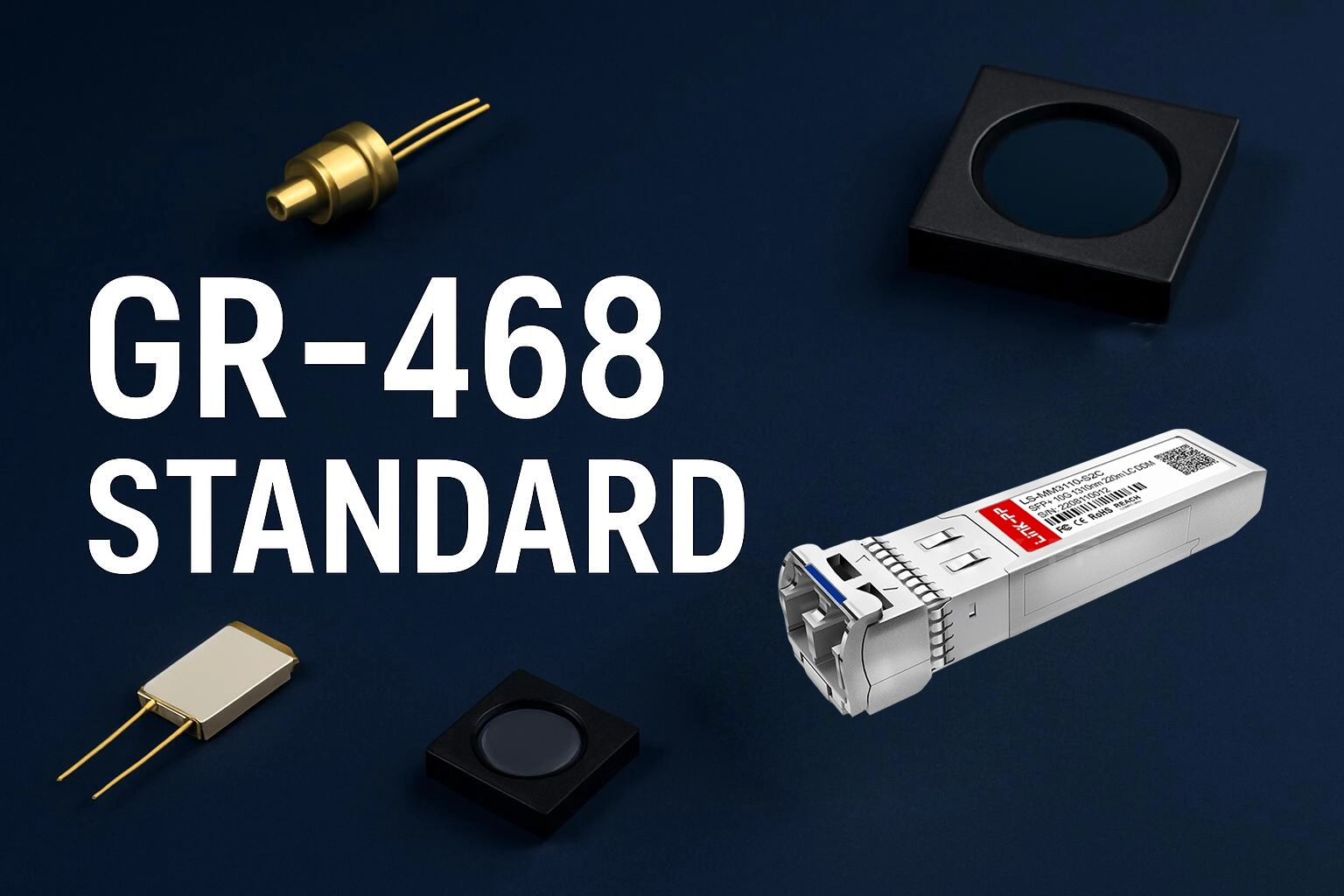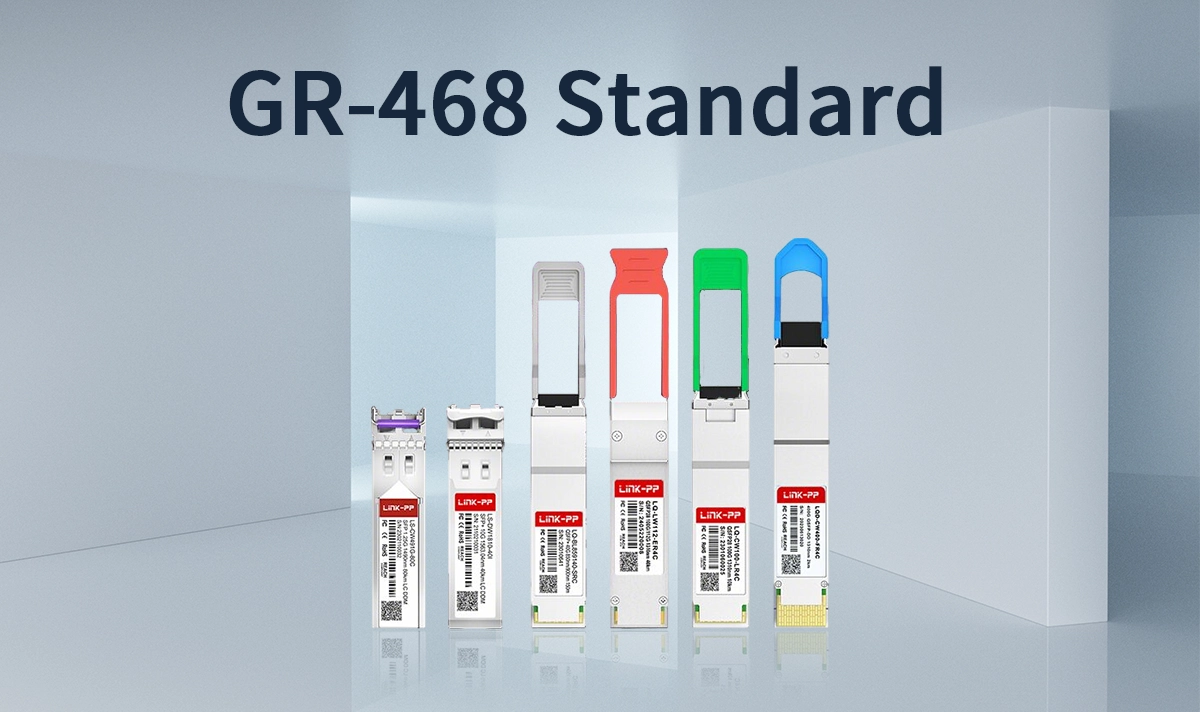The GR-468-CORE standard, published by Telcordia Technologies (formerly Bellcore), is the industry’s primary specification for the reliability and qualification testing of optical components —particularly optical transceivers, optical devices, laser diodes, and photodetectors—used in telecommunications.

GR-468 Standard is widely recognized in the global optical communications industry as a benchmark for quality and service life evaluation. It defines rigorous environmental, mechanical, and aging tests to ensure components can deliver stable performance for 25 years or more in real-world telecom applications.
1. Purpose of GR-468
GR-468 provides a uniform benchmark for evaluating optical component reliability. Its goals include:
Ensuring long-term stability in telecom-grade environments
Establishing standardized testing procedures for manufacturers and network operators
Reducing field failures caused by environmental or mechanical stress
2. Scope of Testing in GR-468
GR-468 outlines a series of environmental stress, mechanical durability, and life expectancy tests, including:
Test Type | Description |
|---|---|
Temperature-Humidity Cycling | Simulates thermal expansion/contraction and moisture effects |
High/Low Temperature Storage | Evaluates performance stability in extreme temperatures |
Temperature Shock | Tests resistance to sudden thermal changes |
Damp Heat Aging | Long-term high-humidity/high-temperature stress testing |
Vibration & Mechanical Shock | Simulates handling, shipping, and in-service vibration |
Life Test (Accelerated Aging) | Predicts product lifespan under normal operating conditions |
Optical Performance Monitoring | Tracks parameters like output power, wavelength, and extinction ratio during tests |
3. Industry Importance
Passing GR-468 tests is a critical requirement for suppliers entering the global telecom supply chain, especially for carriers like Verizon, AT&T, and other Tier-1 operators.
It demonstrates that components can withstand harsh environments such as:
Outdoor telecom cabinets
Coastal high-humidity conditions
Data centers with 24/7 uptime demands
4. LINK-PP’s Commitment to GR-468 Compliance

At LINK-PP, our optical transceivers, including SFP, SFP+, and QSFP+ modules, are designed and tested to meet GR-468 requirements.
Our approach includes:
Using UL94 V-0 flame-retardant housings for enhanced safety
Performing temperature cycling and shock tests before shipment
Selecting high-reliability laser diodes and photodiodes with proven GR-468 performance
Conducting optical performance monitoring to ensure stable parameters over time
For example, our LS-SM3101-40I and other telecom-grade optical modules are engineered to be GR-468 compliant, ensuring consistent, long-term operation in demanding network environments.
5. Conclusion
The GR-468 standard is the gold standard for optical component reliability in telecom networks.
By adhering to GR-468 testing protocols, LINK-PP ensures that its optical transceivers deliver exceptional durability, low failure rates, and stable optical performance, making them an ideal choice for network operators worldwide.




